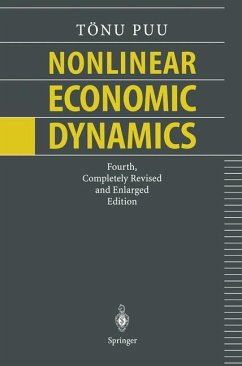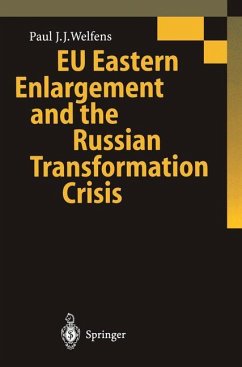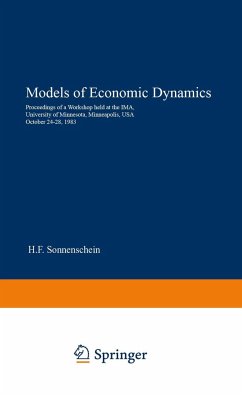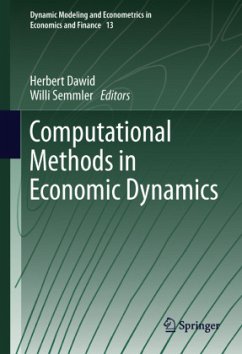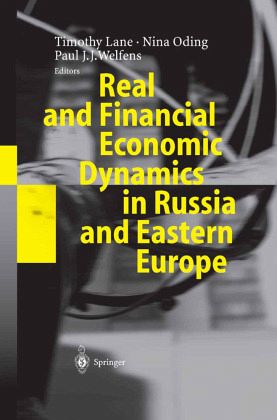
Real and Financial Economic Dynamics in Russia and Eastern Europe
Versandkostenfrei!
Versandfertig in 1-2 Wochen
77,99 €
inkl. MwSt.

PAYBACK Punkte
39 °P sammeln!
Russia and many other transition countries are now facing the challenges of opening up, restructuring, and modernizing their economies, which requires addressing numerous institutional weaknesses and supply-side distortions. The papers in this collection examine these issues both in Russia and from a regional perspective, drawing on the experience of other reforming countries. Aspects addressed include the implications of trade and capital flows, the process of labor market reform, financial market development, productivity growth, and innovation dynamics. The dynamics of the reform process ar...
Russia and many other transition countries are now facing the challenges of opening up, restructuring, and modernizing their economies, which requires addressing numerous institutional weaknesses and supply-side distortions. The papers in this collection examine these issues both in Russia and from a regional perspective, drawing on the experience of other reforming countries. Aspects addressed include the implications of trade and capital flows, the process of labor market reform, financial market development, productivity growth, and innovation dynamics. The dynamics of the reform process are also studied in the context of new political economy models.








